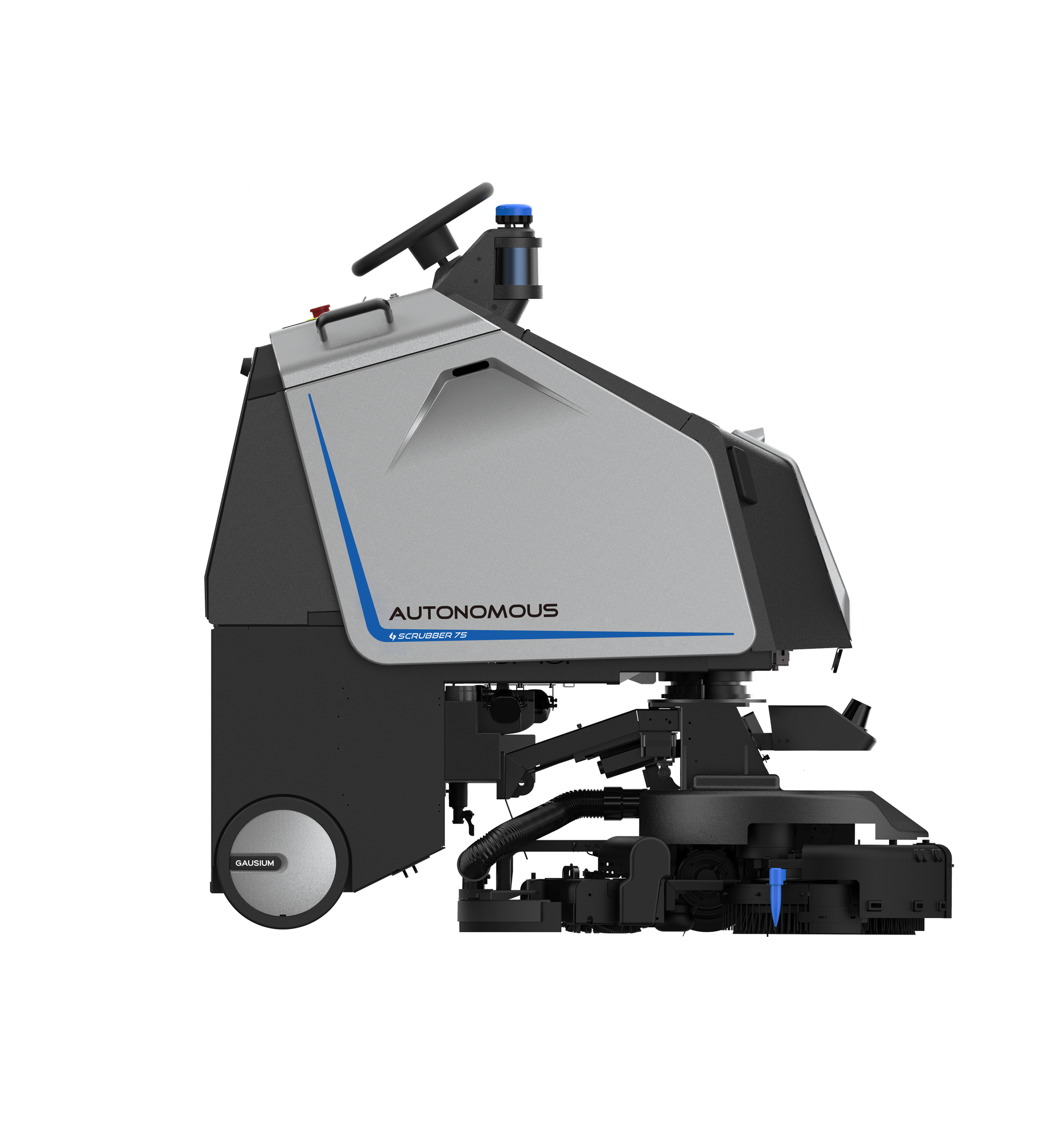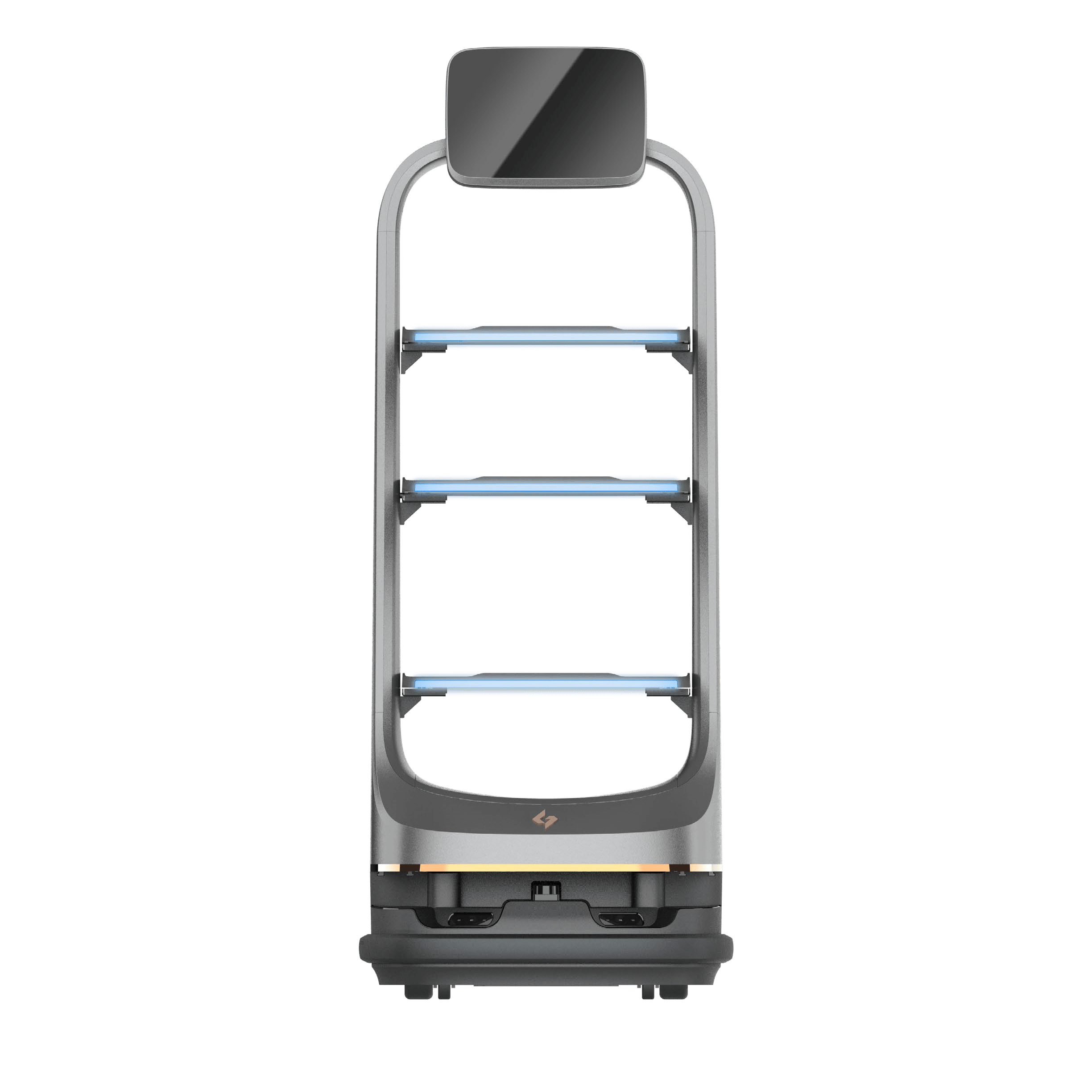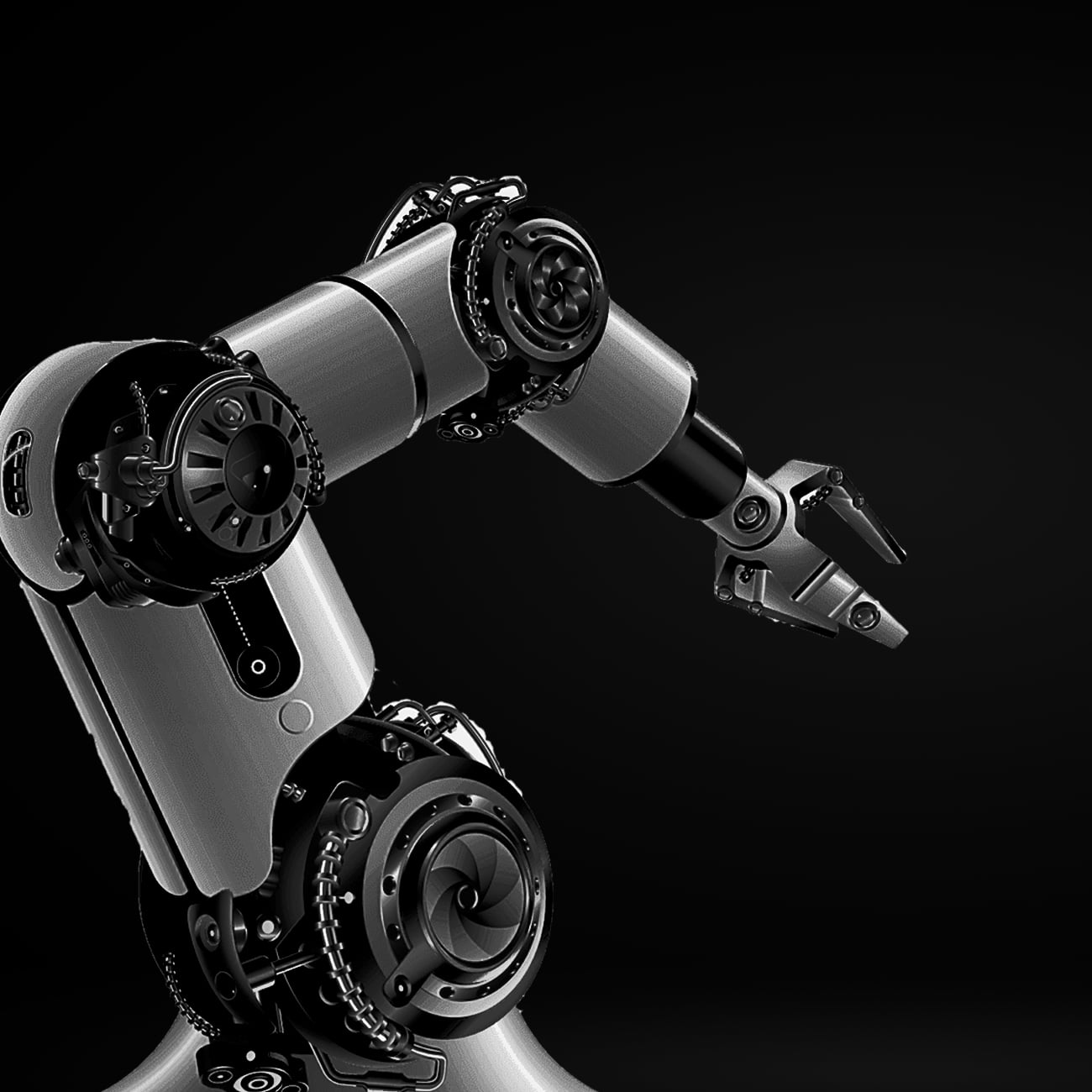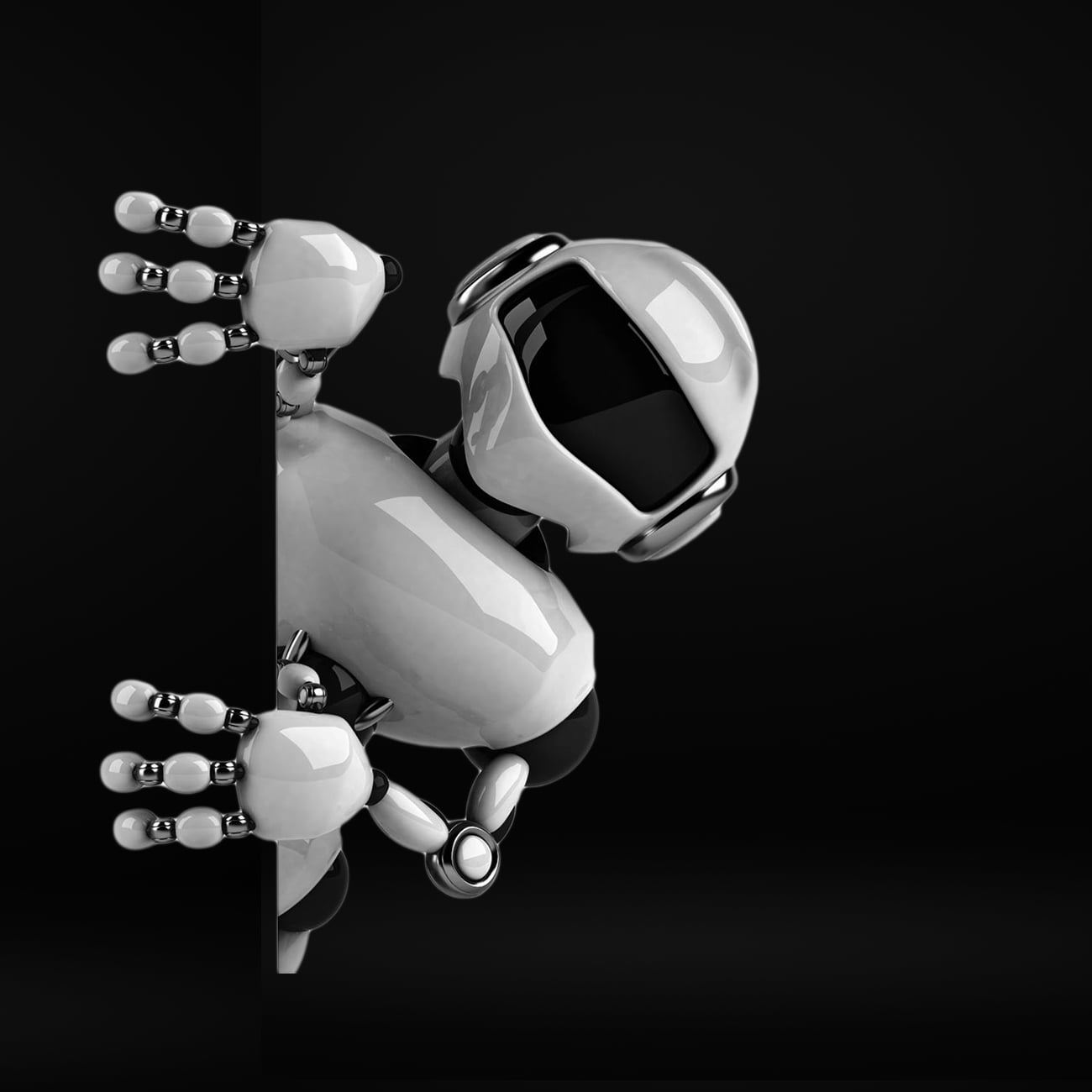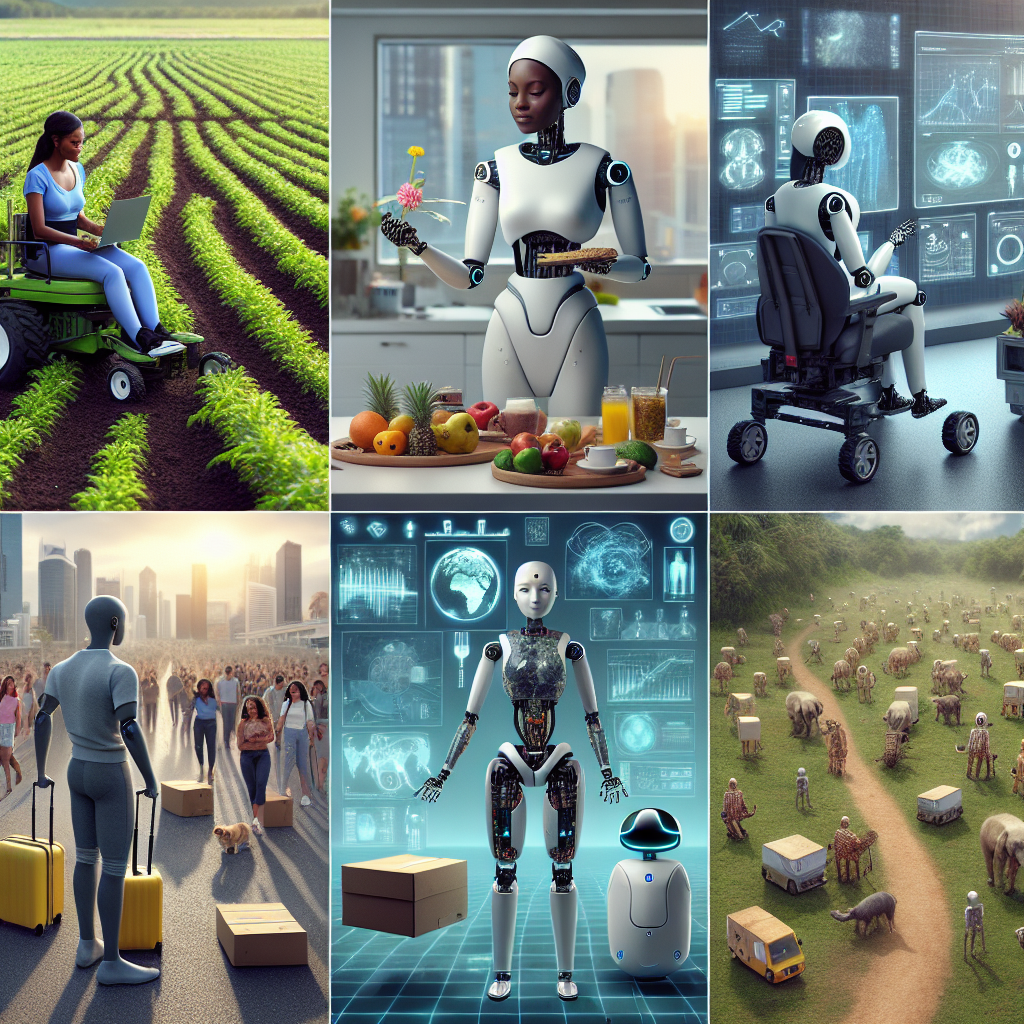-
Table of Contents
“Revolutionizing Industries: Autonomous Robots Transforming Efficiency and Innovation.”
Autonomous robots are increasingly becoming integral to various sectors, revolutionizing the way tasks are performed and enhancing efficiency. These robots operate independently, utilizing advanced technologies such as artificial intelligence, machine learning, and sensor systems to navigate and interact with their environments. Applications span a wide range of industries, including manufacturing, healthcare, agriculture, logistics, and exploration. In manufacturing, autonomous robots streamline production processes and improve precision. In healthcare, they assist in surgeries and patient care. In agriculture, they optimize planting and harvesting. In logistics, they enhance supply chain operations through automated delivery systems. Furthermore, autonomous robots are making significant strides in exploration, from deep-sea research to space missions, showcasing their versatility and potential to transform numerous fields.
Industrial Manufacturing Efficiency
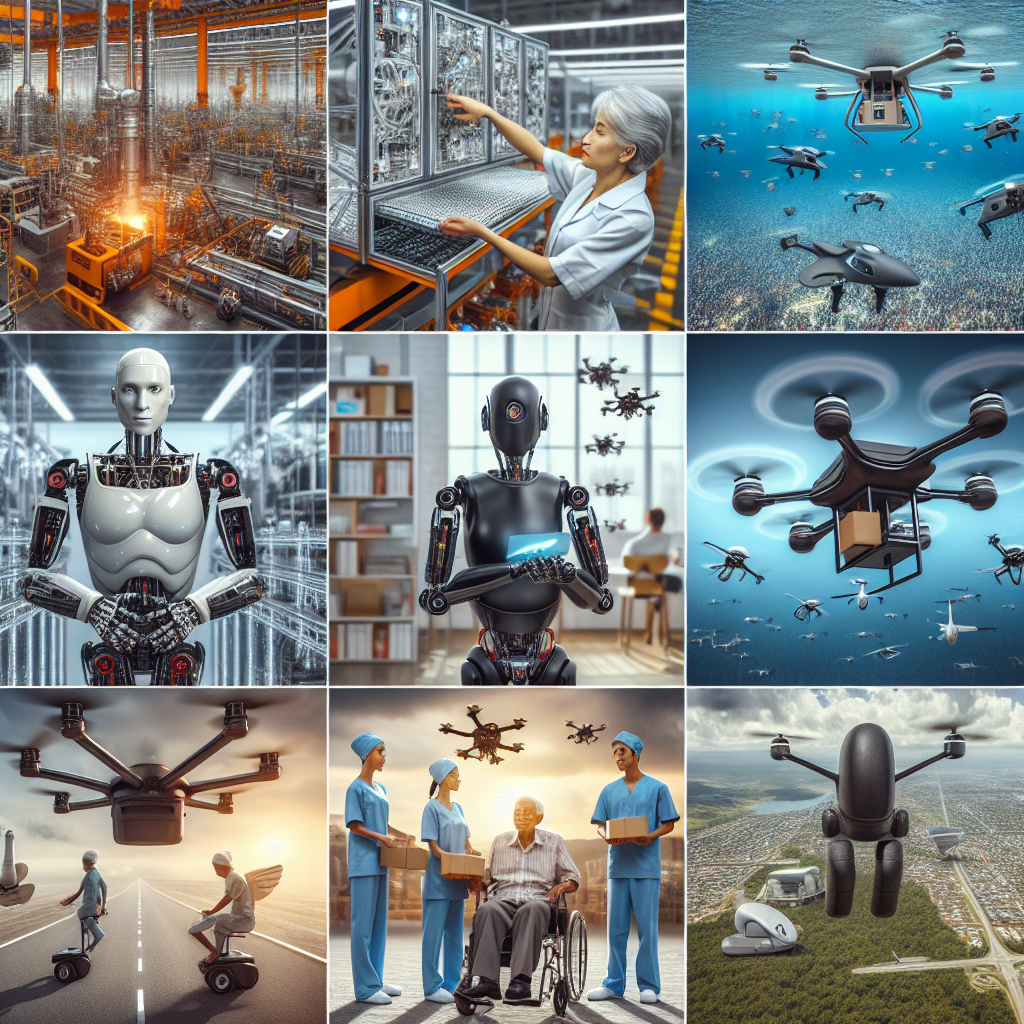
The integration of autonomous robots into industrial manufacturing has revolutionized the way businesses operate, significantly enhancing efficiency and productivity. As industries strive to meet the demands of a rapidly evolving market, the adoption of these advanced technologies has become not just beneficial but essential. Autonomous robots, equipped with sophisticated sensors and artificial intelligence, are capable of performing a variety of tasks that were once labor-intensive and time-consuming. This shift not only streamlines operations but also reduces the likelihood of human error, leading to higher quality outputs.
One of the most notable applications of autonomous robots in manufacturing is in assembly lines. Traditionally, assembly processes required a significant amount of manual labor, which could lead to inconsistencies and slow production rates. However, with the introduction of autonomous robots, manufacturers can achieve a level of precision and speed that was previously unattainable. These robots can work tirelessly, performing repetitive tasks with remarkable accuracy, thereby increasing throughput and allowing human workers to focus on more complex and value-added activities. This not only optimizes labor allocation but also enhances overall operational efficiency.
Moreover, autonomous robots are increasingly being utilized in material handling and logistics within manufacturing facilities. The ability to transport materials and products autonomously reduces the time spent on manual handling, which can often be a bottleneck in production processes. For instance, autonomous guided vehicles (AGVs) can navigate through warehouses and production floors, delivering components to assembly stations or transporting finished goods to shipping areas. This seamless movement of materials not only accelerates production cycles but also minimizes the risk of damage to products, further contributing to quality assurance.
In addition to improving efficiency, the deployment of autonomous robots in manufacturing also plays a crucial role in enhancing workplace safety. By taking over hazardous tasks, such as heavy lifting or working in extreme environments, these robots help to mitigate the risk of workplace injuries. This shift not only protects employees but also reduces costs associated with workplace accidents, such as medical expenses and lost productivity. Consequently, companies can foster a safer work environment while simultaneously benefiting from the increased reliability and consistency that autonomous robots provide.
Furthermore, the data collected by autonomous robots during their operations can be invaluable for manufacturers. These robots are equipped with advanced analytics capabilities that allow them to monitor performance metrics in real-time. By analyzing this data, companies can identify inefficiencies, predict maintenance needs, and optimize production schedules. This data-driven approach enables manufacturers to make informed decisions that enhance operational efficiency and reduce downtime, ultimately leading to increased profitability.
As industries continue to embrace digital transformation, the role of autonomous robots in manufacturing is expected to expand further. The ongoing advancements in artificial intelligence and machine learning will likely enhance the capabilities of these robots, allowing them to adapt to changing production demands and environments. Consequently, businesses that invest in autonomous robotics will not only improve their current operational efficiency but also position themselves for future growth in an increasingly competitive landscape.
In conclusion, the applications of autonomous robots in industrial manufacturing are vast and varied, driving efficiency and productivity to new heights. By automating repetitive tasks, enhancing material handling, improving workplace safety, and leveraging data analytics, these robots are transforming the manufacturing landscape. As technology continues to evolve, the potential for autonomous robots to further revolutionize industrial processes remains promising, making them an indispensable asset for manufacturers aiming to thrive in the modern economy.
Search and Rescue Operations
The advent of autonomous robots has revolutionized various sectors, with search and rescue operations standing out as a particularly impactful application. In emergency situations, such as natural disasters or industrial accidents, the ability to quickly locate and assist victims is paramount. Traditional search and rescue methods often involve significant risks to human responders, as well as challenges related to time and resource constraints. Autonomous robots, equipped with advanced technologies, offer innovative solutions that enhance the efficiency and safety of these critical operations.
One of the primary advantages of using autonomous robots in search and rescue missions is their ability to navigate hazardous environments. For instance, drones equipped with high-resolution cameras and thermal imaging sensors can quickly survey disaster-stricken areas, identifying heat signatures that indicate the presence of trapped individuals. This capability not only accelerates the search process but also minimizes the exposure of human rescuers to potentially dangerous conditions, such as unstable structures or hazardous materials. By deploying drones, rescue teams can gather vital information in real-time, allowing them to make informed decisions about where to focus their efforts.
Moreover, ground-based autonomous robots are increasingly being utilized to traverse difficult terrains that may be inaccessible to human responders. These robots can be designed to navigate rubble, debris, and other obstacles, providing a means to reach victims who might otherwise remain unreachable. Equipped with communication tools, these robots can establish contact with trapped individuals, offering reassurance and relaying critical information back to rescue teams. This two-way communication not only helps to keep victims calm but also allows rescuers to assess the situation more accurately, tailoring their response strategies accordingly.
In addition to their navigational capabilities, autonomous robots can also be programmed to perform specific tasks that enhance the overall effectiveness of search and rescue operations. For example, some robots are designed to carry supplies, such as food, water, or medical equipment, directly to victims in need. This capability is particularly valuable in scenarios where time is of the essence, as it ensures that essential resources are delivered promptly, potentially saving lives. Furthermore, the use of robots for these logistical tasks frees up human responders to focus on more complex and critical aspects of the rescue operation.
The integration of artificial intelligence (AI) into autonomous robots further amplifies their utility in search and rescue missions. AI algorithms can analyze data collected by the robots, identifying patterns and making predictions about the most likely locations of survivors. This data-driven approach enhances the decision-making process, allowing rescue teams to allocate their resources more effectively. As AI technology continues to evolve, the potential for autonomous robots to learn from past missions and improve their performance in future operations becomes increasingly promising.
As we look to the future, the role of autonomous robots in search and rescue operations is expected to expand significantly. Ongoing advancements in robotics, AI, and sensor technologies will likely lead to even more sophisticated systems capable of operating in increasingly complex environments. The collaboration between human responders and autonomous robots will not only enhance the efficiency of search and rescue missions but also redefine the standards of safety and effectiveness in emergency response. Ultimately, the integration of these technologies represents a transformative shift in how we approach disaster response, underscoring the critical importance of innovation in saving lives during times of crisis.
Agriculture Automation
The integration of autonomous robots into agriculture is revolutionizing the industry, enhancing productivity and efficiency while addressing labor shortages and environmental concerns. As the global population continues to rise, the demand for food production increases, necessitating innovative solutions to meet these challenges. Autonomous robots are emerging as a pivotal technology in this transformation, offering a range of applications that streamline agricultural processes.
One of the most significant applications of autonomous robots in agriculture is precision farming. These robots utilize advanced sensors and artificial intelligence to monitor crop health, soil conditions, and environmental factors. By collecting and analyzing data in real-time, farmers can make informed decisions regarding irrigation, fertilization, and pest control. This targeted approach not only maximizes yield but also minimizes resource waste, contributing to sustainable farming practices. For instance, autonomous drones equipped with multispectral cameras can assess crop health by capturing images that reveal variations in plant vigor, allowing farmers to address issues before they escalate.
In addition to monitoring, autonomous robots are increasingly being employed for planting and harvesting tasks. Robotic systems designed for planting can operate with remarkable precision, ensuring optimal seed placement and depth, which are critical for maximizing germination rates. These robots can work around the clock, significantly reducing the time required for planting compared to traditional methods. Similarly, harvesting robots are equipped with advanced algorithms and machine learning capabilities that enable them to identify ripe produce and harvest it without damaging the plants. This not only increases efficiency but also helps maintain the quality of the crops, which is essential for market competitiveness.
Moreover, autonomous robots are playing a crucial role in weed and pest management. Traditional methods of weed control often involve the use of herbicides, which can have detrimental effects on the environment and human health. In contrast, autonomous robots can identify and target weeds with precision, applying herbicides only where necessary or employing mechanical means to remove them. This targeted approach reduces chemical usage and promotes a healthier ecosystem. Additionally, robots equipped with vision systems can detect pests and diseases early, allowing for timely intervention and reducing the reliance on broad-spectrum pesticides.
The economic implications of adopting autonomous robots in agriculture are profound. By increasing efficiency and reducing labor costs, these technologies can significantly enhance profitability for farmers. Furthermore, as the agricultural sector faces increasing pressure to adopt sustainable practices, the use of autonomous robots aligns with environmental goals, making farms more resilient to climate change. The initial investment in robotic technology may seem daunting; however, the long-term savings and increased productivity often justify the expenditure.
As the technology continues to evolve, the potential applications of autonomous robots in agriculture are likely to expand further. Innovations in artificial intelligence, machine learning, and robotics will enable even more sophisticated solutions tailored to the unique challenges of different crops and farming environments. Consequently, the future of agriculture appears increasingly intertwined with automation, promising a more efficient, sustainable, and productive industry.
In conclusion, the applications of autonomous robots in agriculture are transforming the landscape of food production. By enhancing precision farming, streamlining planting and harvesting, and improving pest and weed management, these technologies are not only addressing immediate challenges but also paving the way for a more sustainable agricultural future. As farmers embrace these innovations, the potential for increased productivity and environmental stewardship becomes a reality, ensuring that the agricultural sector can meet the demands of a growing global population.
Q&A
1. **Question:** What is one application of autonomous robots in agriculture?
**Answer:** Autonomous robots are used for precision farming, including tasks such as planting, weeding, and harvesting crops, which increases efficiency and reduces labor costs.
2. **Question:** How are autonomous robots utilized in healthcare?
**Answer:** Autonomous robots assist in surgeries by providing precision and stability, as well as performing tasks like medication delivery and patient monitoring in hospitals.
3. **Question:** What role do autonomous robots play in logistics?
**Answer:** Autonomous robots are employed in warehouses for inventory management, order fulfillment, and transportation of goods, enhancing operational efficiency and reducing human error.Autonomous robots have a wide range of applications across various industries, including manufacturing, healthcare, agriculture, logistics, and exploration. In manufacturing, they enhance efficiency and precision in assembly lines. In healthcare, they assist in surgeries and patient care. In agriculture, they optimize planting and harvesting processes. In logistics, they streamline warehouse operations and delivery systems. In exploration, they enable data collection in hazardous environments. Overall, the integration of autonomous robots improves productivity, safety, and operational efficiency, paving the way for advancements in technology and industry practices.
